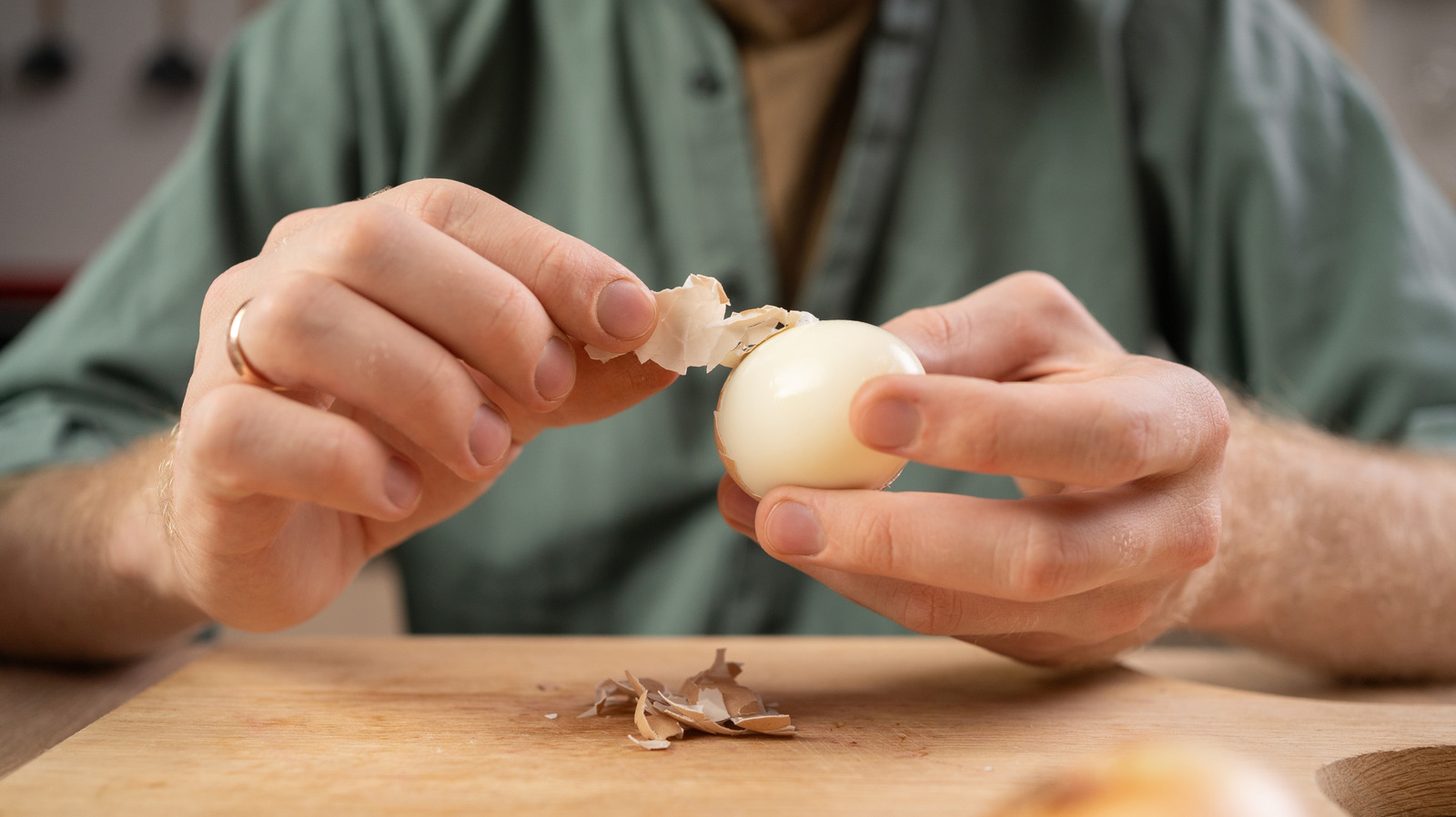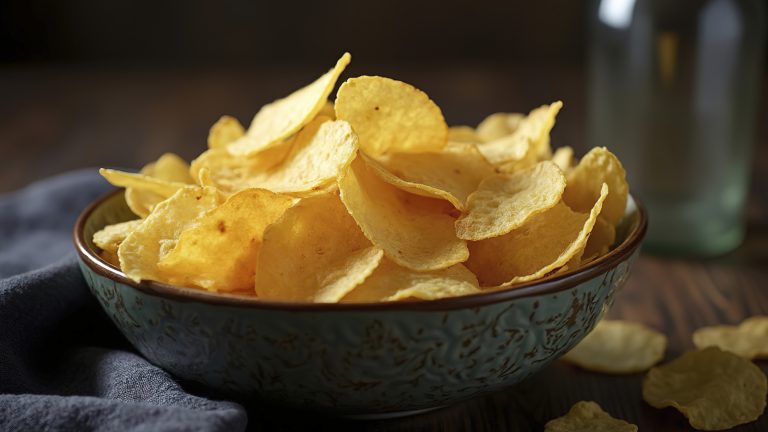Boiled eggs are easily among the simplest yet most delicious meals you can make. All you have to do is place the eggs in a pot, cover them with water, and boil them for up to 10 minutes to get a perfect hard-boiled result. But then comes the real challenge — peeling them. To say the process is annoying would be an understatement. Thankfully, there are several hacks you can try to prevent the shells from stubbornly sticking to the shell membrane and giving you a headache.
One method you can attempt is effortlessly peeling hard-boiled eggs with the rolling technique. If that doesn’t work, you can also grab some olive oil to try another trick for peeling hard-boiled eggs. Every home cook has a few more aces like these up their sleeve for tackling those clingy shells, including shaking the eggs inside a Mason jar. Even though it might sound a little strange, you’d be surprised by how effective the method is. It’s really no rocket science — just give the wider end of the egg a light tap on the counter to crack it, grab a jar, pour in about 2 inches of water, and drop the egg inside. Once you’ve put the lid on, it’s time to start shaking.
Tips for peeling hard-boiled eggs in a Mason jar
By repeating the motion, the egg keeps hitting the Mason jar’s lid and base, ultimately causing the shell to crack. The process also loosens the shell, making it slip off on its own as you continue shaking. Once that’s done and the shell is off, simply remove the lid and grab a spoon to scoop the egg out of the jar. If you don’t happen to have a Mason jar at home, an airtight plastic container is an equally good alternative. After you remove any leftover shell pieces, use your egg for that delicious, mouthwatering Cobb salad or those creamy, savory deviled eggs you’ve been craving.
Keep how much force you use while shaking the jar in mind when using this hack. Apply too little force and the shell doesn’t break, leaving you to pick it off by hand (which risks damaging the egg’s texture and surface). If you use too much force, you might end up with a ruined, mushy egg that’s really no good for anything. That’s why the key to mastering the technique lies in finding the right balance. But don’t worry; all it takes is a little bit of practice to nail the pressure. Then this little trick surely becomes a hard-boiled egg hack to use forever.






